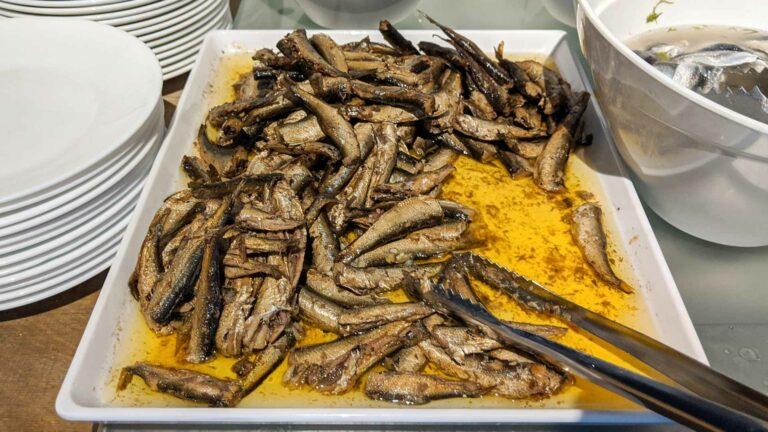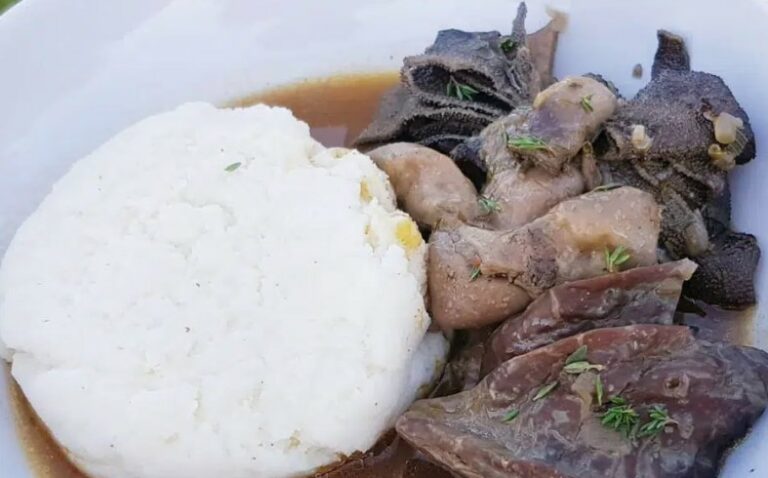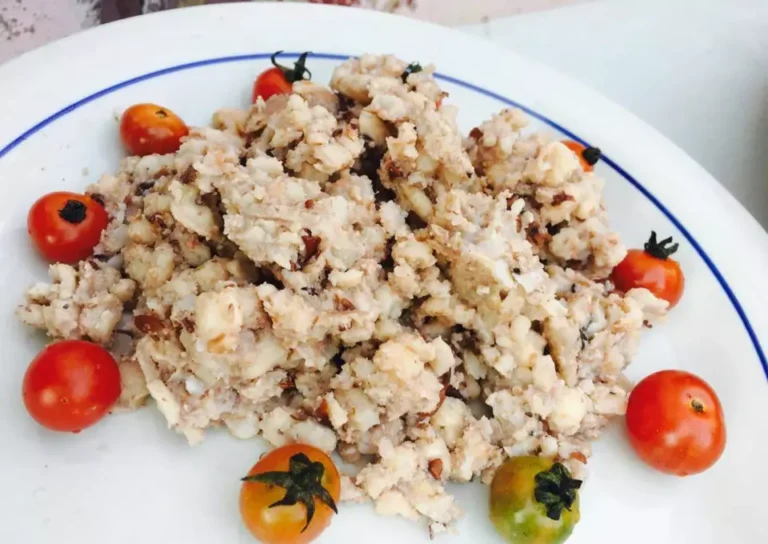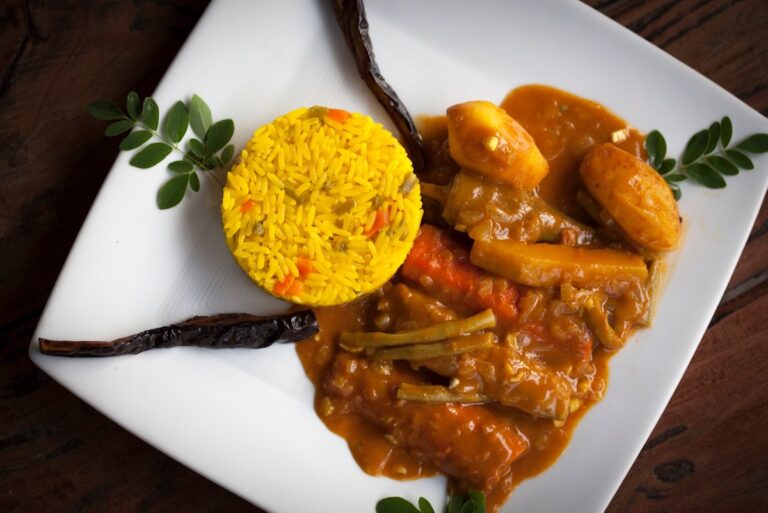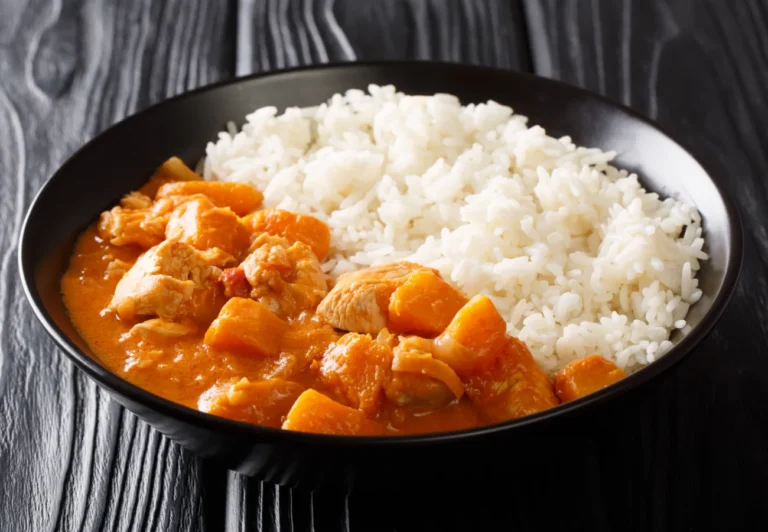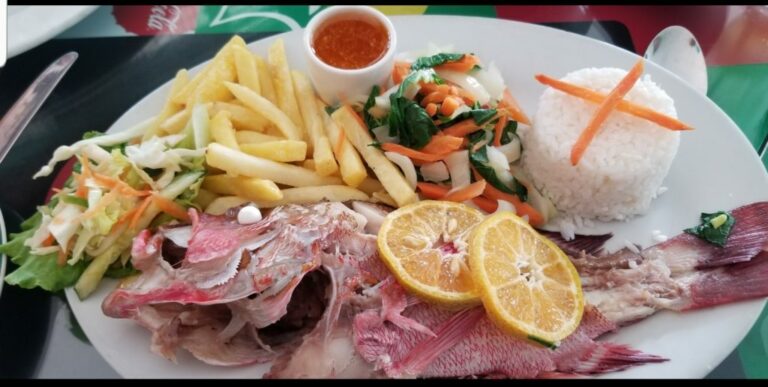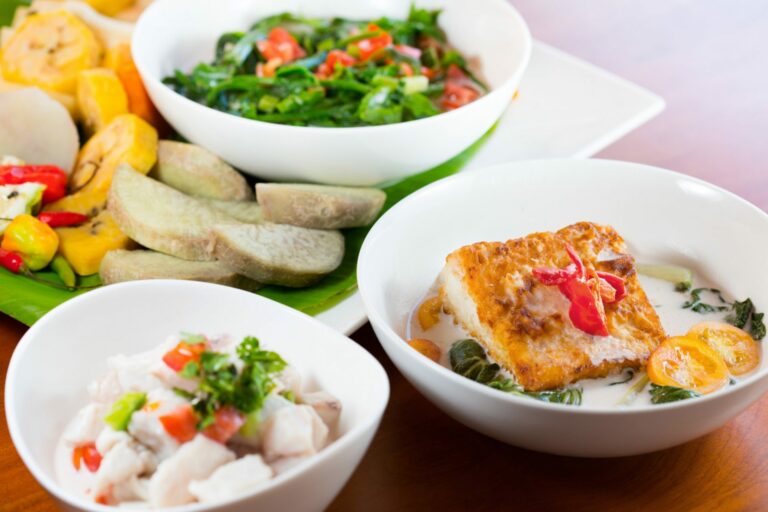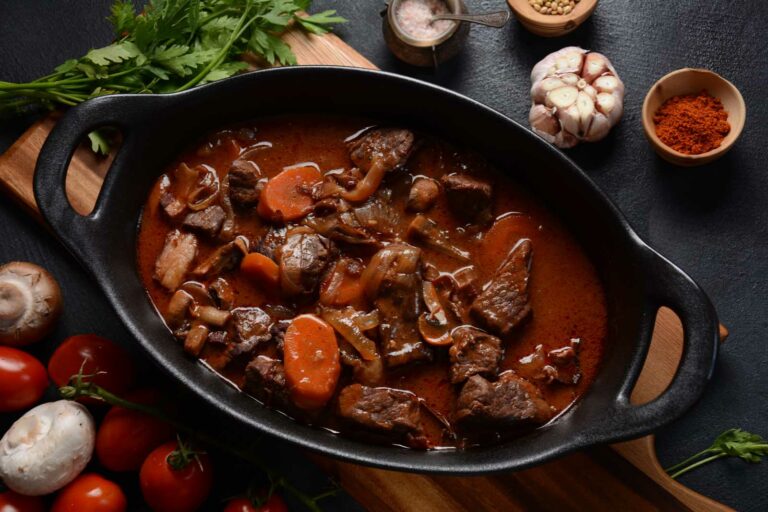Introduction: Estonian Cuisine
Estonian cuisine is a blend of traditional Northern European and Baltic influences, with a strong emphasis on fresh, seasonal ingredients. The country’s location on the Baltic Sea means that seafood is a staple of the Estonian diet, while meats such as pork and beef are also commonly eaten. Some of the most popular dishes in Estonia include black bread, sauerkraut, pickled herring, and blood sausage.
Popular condiments and sauces
Like any cuisine, Estonian dishes are often enhanced by the addition of various condiments and sauces. These can range from sweet and fruity jams to pungent and spicy sauces, depending on the dish and the tastes of the individual diner. Here are some of the most commonly used condiments and sauces in Estonian cooking:
Ketchup: A Must-Have
Ketchup is a ubiquitous condiment in Estonia and is used to add a tangy sweetness to many different dishes. In addition to being used as a dip for fries or a topping for hamburgers, Estonians also mix ketchup with other sauces to create unique flavor combinations. For example, ketchup mixed with mayonnaise is a popular dipping sauce for chicken nuggets, while ketchup mixed with sour cream is often served with baked potatoes.
Mayonnaise: A Versatile Choice
Mayonnaise is another popular condiment in Estonia and is used in a wide variety of dishes. It can be used as a base for salad dressings, mixed with tuna or hard boiled eggs to make a sandwich filling, or served as a dip for fried foods. Estonians also enjoy mixing mayonnaise with other sauces, such as mustard or garlic, to create a more complex flavor profile.
Horseradish Sauce: A Fiery Favourite
Horseradish sauce is a spicy condiment that is often used to add a kick to meats and sandwiches. It is made by grating fresh horseradish root and mixing it with vinegar and other spices. Estonians commonly serve horseradish sauce with pork dishes, as well as on sandwiches made with rye bread and smoked fish.
Cranberry Jam: A Sweet Addition
Cranberry jam is a popular condiment in Estonia and is often served with meats such as pork and game. It is also used as a topping for pancakes and waffles. The sweet and tart flavor of cranberry jam pairs well with the rich, meaty flavors of Estonian cuisine.
Mustard: A Tangy Accompaniment
Mustard is a condiment that is used in many different cultures, and Estonia is no exception. Estonians enjoy using mustard as a dip for sausages and other meats, as well as mixing it with other sauces to create a unique flavor profile. Mustard is also commonly used as a base for salad dressings.
Garlic Sauce: A Creamy Delight
Garlic sauce is a creamy condiment that is often served with meat dishes in Estonia. It is made by mixing garlic, yogurt, and mayonnaise, and can be flavored with herbs such as dill or parsley. Garlic sauce is also a popular dipping sauce for fries and other fried foods.

